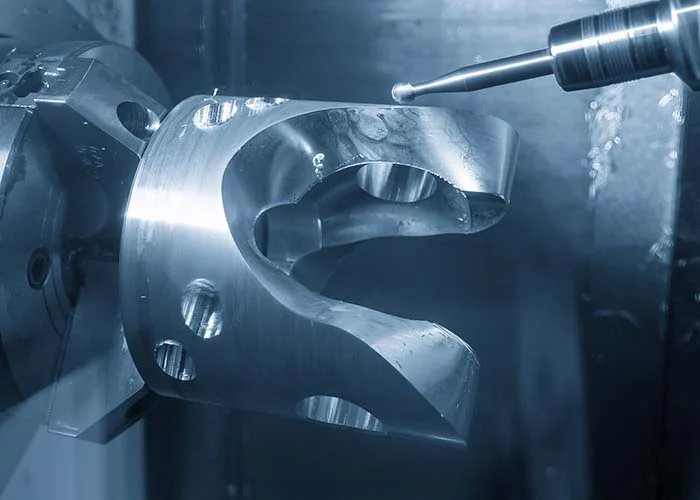6 min read
3D Printing and Nanotechnology
3D printing and nanotechnology are two fields of research and innovation that, at first glance, might appear worlds apart. The former focuses on...

A lathe is a fundamental machine tool in material processing, primarily used for metals, to perform turning operations on various workpieces. This tool has a long history and continues to be essential in numerous industrial and artisanal sectors.
A lathe is a machine tool that works by rotating a piece around a fixed axis. During this rotation, a cutting tool is applied against the piece to remove excess material and achieve the desired shape. The machine mainly consists of a spindle, which holds and rotates the piece, and a tool carriage, which supports and moves the cutting tool.
Turning is the machining process performed with a lathe. It involves removing layers of material from the workpiece using a sharp cutting tool. The piece, fixed on the spindle, rotates at high speed, while the tool moves in a controlled manner to cut away excess material, shaping the piece according to the desired specifications.

The lathe and turning are used for a wide range of applications. In metalworking, the lathe is employed to create precision cylindrical, conical, and spherical components, such as shafts, bushings, and pins. In the woodworking industry, lathes are used to make objects like table legs, columns, and other decorative forms.
Compared to milling, turning is a faster and less expensive process, offering higher productivity for large series production of rotationally symmetric parts. Additionally, it ensures superior precision for cylindrical and rotational surfaces.
In summary, the lathe is essential for:
The lathe is one of the oldest machine tools, with a history dating back thousands of years. The earliest forms of lathes were used by the ancient Egyptians, but the Greeks and Romans developed more advanced versions. During the Renaissance, Leonardo da Vinci designed a more sophisticated pedal-operated lathe. However, it was only during the Industrial Revolution that the modern motor-driven lathe was developed, revolutionizing industrial production.

First threading lathe
Turning is performed through a series of well-defined steps:
The lathe and turning represent a combination of technology and art, capable of transforming raw pieces into high-precision components. This machine tool, with its ancient origins and continuous evolution, remains a cornerstone in industrial and artisanal production, demonstrating its fundamental importance in the history of material processing.
Relying on Weerg for turning operations means benefiting from a high-quality, efficient, and cost-effective CNC service, capable of meeting the precision and timeliness demands of the modern market.

6 min read
3D printing and nanotechnology are two fields of research and innovation that, at first glance, might appear worlds apart. The former focuses on...

6 min read
Padel has seen exponential growth in Italy and worldwide in recent years. A glance at sports clubs in major cities and smaller towns alike reveals an...

6 min read
The game of chess boasts a history spanning millennia, seamlessly merging art, strategy, and culture into a singular experience that has captivated...